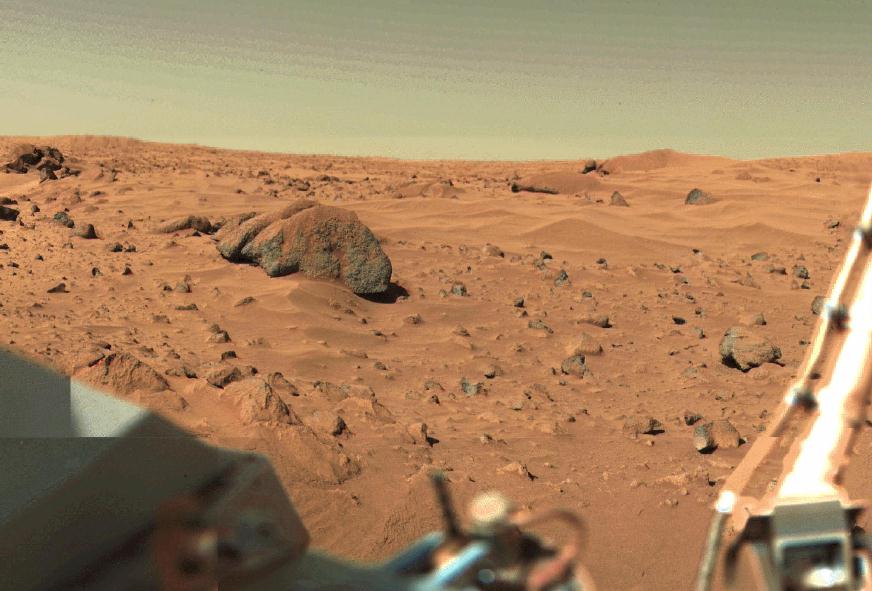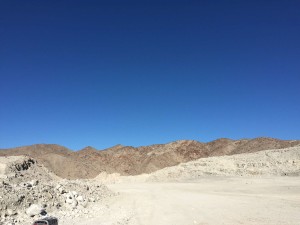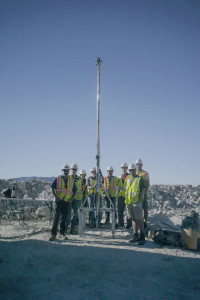It’s noon in Ocotillo Wells, California. A vast and empty patch of desert between San Diego and the Salton Sea, this part of California might as well be Mars. After just a few minutes, everything is covered with a fine white dust, soft to the touch, like powdered sugar. Kris Zacny, the vice president and director of exploration technology at Honeybee Robotics, grabs his hardhat and vest out of his car and walks over to a U-Haul that is serving as mission control. Today, Zacny and his team will begin testing the Planetary Deep Drill, designed to penetrate miles under the surface of places like Mars and Europa to search for one thing: evidence of life.
The Planetary Deep Drill isn’t an ordinary drill like you might have in your house for hanging photos or building Ikea furniture. To assist in arguably one of the most important searches in human history, the Planetary Deep Drill contains a microscope, camera, and LED and UV lights. The UV light will help identify microbes and minerals that fluoresce, not unlike a black light used to identify organics at a crime scene.
This is the first test of the Planetary Deep Drill in the field. Until now, its mechanical systems have only been tested in the lab. Honeybee Robotics is currently the only organization working on a drill like this. NASA worked on their own design in the past, but now they’re partnering with engineers at Honeybee Robotics to someday get it into space.



